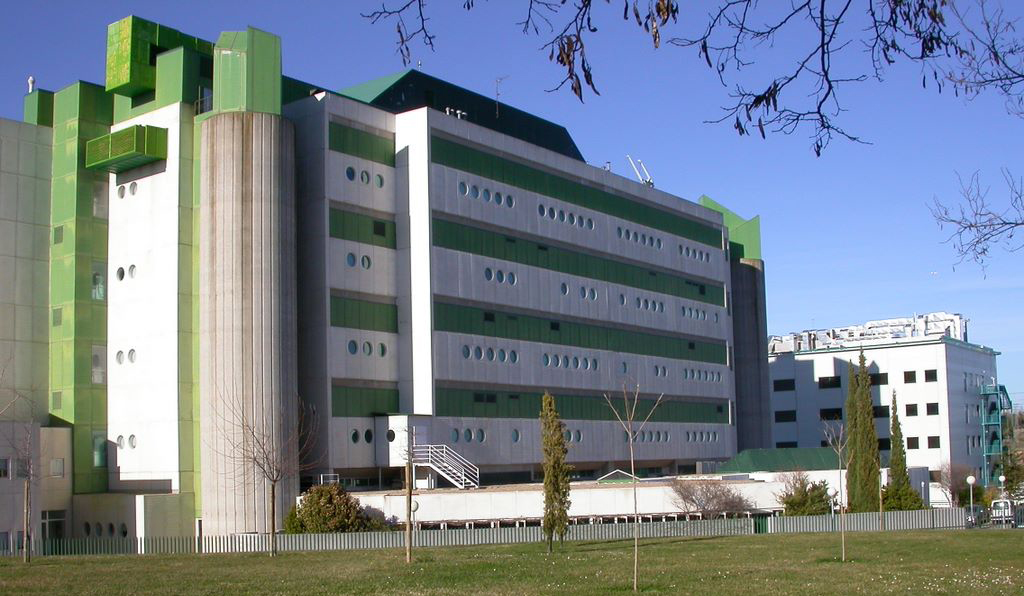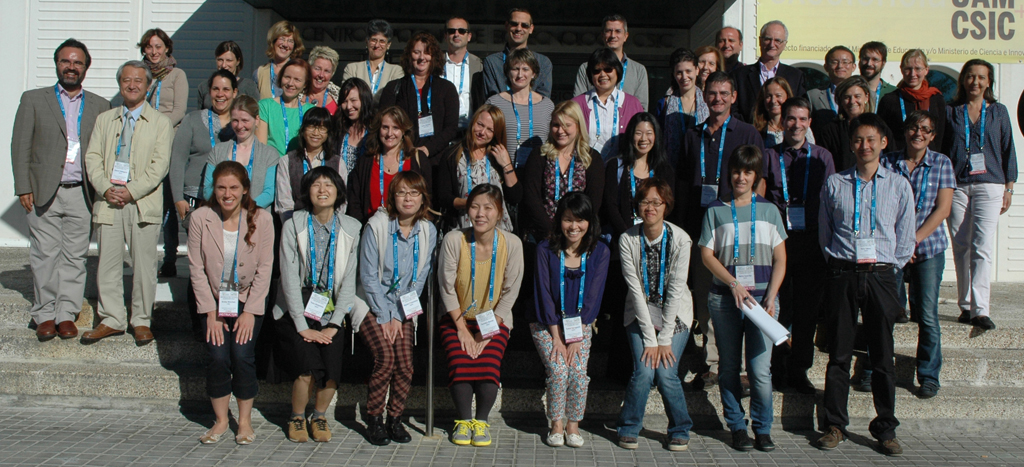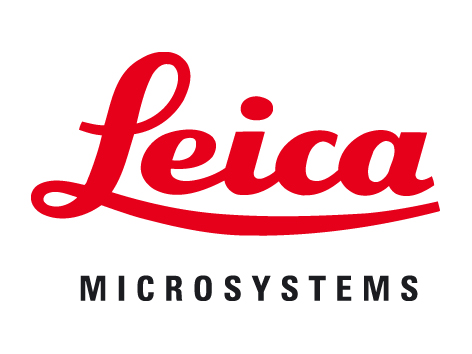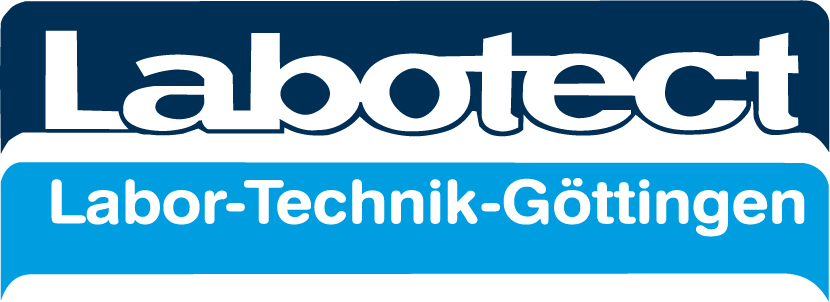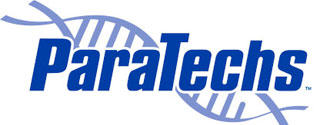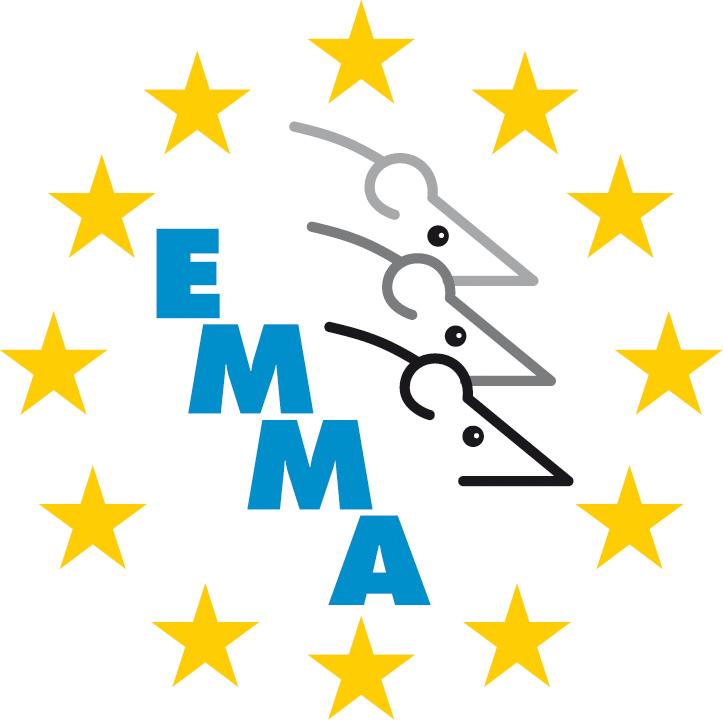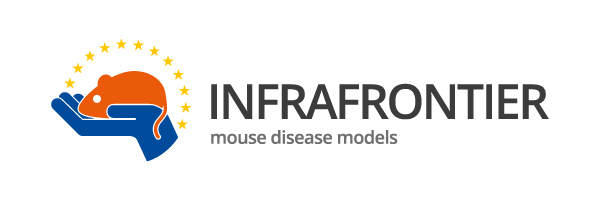|
CARD-CNB MOUSE SPERM AND EMBRYO CRYOPRESERVATION COURSE Spanish National Centre for Biotechnology (CNB-CSIC), Madrid, Spain 7 - 11 October 2013 (Monday to Friday, 5-day hands-on practical course) Organized by Naomi Nakagata (CARD-Kumamoto University, Japan) and Lluis Montoliu (CNB-CSIC) Registration fee 800 Euros (750 Euros for ISTT members) Number of participants 24
contact email (Lluis Montoliu) montoliu@cnb.csic.es
contact telephone (Lluis Montoliu) +34 915854844 contact fax (CNB-CSIC) +34 915854506 recommended hotel near CNB: Quo Fierro (Tres Cantos) Information for interested Participants This course is open to anyone interested. Pre-application will be required, including, at least, a recent CV and a letter prepared by the intended participant describing how the applicant will benefit by attending this course and how relevant is the course material to his/her work. Additional documents are welcome, at the discretion of participants, including supporting letters by supervisors (where appropriate), reference letters, etc... Pre-applications should be submitted by email by 31 May 2013. We aim to have 20 participants distributed among countries and institutions, and according the documentation provided and the interests expressed. Pre-applications will be accepted until 31 May 2013. The review and selection of participants will be done by the Organizers and results will be communicated by the end of June 2013. Registrations and payments for selected participants will be accepted from date of communication to August 31, 2013. If required, an ordered waiting list will be prepared and any cancellation or unpaid registration by 31 August 2013 will be readily substituted by the first available person from this waiting list, starting on 1 September 2013. The course registration fee is 800 Euros (750 Euros for ISTT Members). This fee includes participation in the entire course, all materials and reagents, lunches over the 5 days and one course official dinner. Hotel costs are not included in the registration fee but booking assistance will be provided, at a convenient nearby hotel, close to CNB Campus, where all instructors and lecturers will be also lodged, hence further promoting interaction from breakfast to dinner. Recommended hotel: Quo Fierro (Tres Cantos). Selected participants are entitled to a reduced hotel rate (please check directly with Lluis Montoliu). The official language of the course will be English. All practical sessions and lectures will be held in English The CNB-CSIC is located at the Cantoblanco Campus of the Autonomous University of Madrid, some 15 km North of Madrid city, and connected with Madrid down town (21 minutes to "Sol" station, at the heart of Madrid down town) with regular local trains and buses. The suggested accommodation, Hotel Quo Fierro, is located in Tres Cantos (GOOGLE MAPS link), a village 10 km further North, very conveniently connected to the University Campus by a local train ("cercanías", lines C7 and C10), with only 2 stops (8 minutes) between the "Cantoblanco-Universidad" train station, where the CNB-CSIC is, and the "Tres Cantos" train station, where the Hotel Quo Fierro is located. There is only one additional train station in between, called "El Goloso". Depending on the time during the day there are trains every 10 to 20 minutes. Presentation Recent developments from the laboratory of Prof. Naomi Nakagata (CARD-Kumamoto University, Japan) have boosted the mouse cryopreservation field with improved methods for fresh and frozen sperm techniques and associated optimized IVF methods that have resulted in unparalleled increased efficiencies for the cryopreservation and rescue of relevant mouse lines. At the CNB-CSIC in Madrid, hosting the Spanish EMMA node, we have successfully implemented these new CARD cryopreservation methods and established a fruitful collaboration with the laboratory of Prof. Naomi Nakagata, eventually resulting in the signature of an institutional cooperation agreement between the CSIC and the University of Kumamoto, under the framework of which we are co-organizing this cryopreservation course. The aim of this course is to introduce the new CARD methods to researchers and technicians involved in managing mouse archiving and/or transgenic facilities and willing to implement these new methods, directly taught by the team which devised them. Each participant will have one binocular microscope and the entire set of tools, reagents and animals required to learn and practice all the methods included in the program of this course. In addition to practical sessions, the course will also include several lectures of related interesting topics for the participants delivered by experts in each field. The number of instructors and lecturers appointed is 20. Hands-on topics that will be covered during this cryopreservation course making pipettes and practising embryo handling isolating unfertilized mouse oocytes isolating and cold storage/shipping of mouse cauda epididymis freezing/thawing mouse sperm and IVF fresh mouse sperm and IVF freezing/thawing 2-cell IVF-derived mouse embryos vitrification of mouse oocytes and embryos embryo transfer techniques in mice (oviduct, uterus, NSET) vasectomy of male mice demonstration of ICSI Additional lectures on the following topics
Historic and Scientific perspectives of embryo and sperm cryopreservation
new EU Directive on the
protection of animals for experimentation
NSET: non-surgical embryo
transfer CARD Instructors Naomi Nakagata (CARD-Kumamoto University, Japan) Toru Takeo (CARD-Kumamoto University, Japan) Kiyoko Fukumoto (CARD-Kumamoto University, Japan) Tomoko Kondo (CARD-Kumamoto University, Japan) Yukie Haruguchi (CARD-Kumamoto University, Japan) Yumi Takeshita (CARD-Kumamoto University, Japan) Yuko Nakamuta (CARD-Kumamoto University, Japan) Shuuji Tsuchiyama (CARD-Kumamoto University, Japan) Raul Fernández (INIA, Madrid, Spain) Lluis Montoliu (CNB-CSIC, Madrid, Spain) Julia Fernández (CNB-CSIC, Madrid, Spain) María Jesús del Hierro (CNB-CSIC, Madrid, Spain) Marta Castrillo (CNB-CSIC, Madrid, Spain) Isabel Martín-Dorado (CNB-CSIC, Madrid, Spain) Kristy Kinchen (Mouse Biology Program, UC Davis, CA, USA) Barbara Stone (ParaTechs, Lexington, KY, USA) Additional lectures by Naomi Nakagata (CARD-Kumamoto University, Japan) Toru Takeo (CARD-Kumamoto University, Japan) Shuuji Tsuchiyama (CARD-Kumamoto University, Japan) Jorge Sztein (Gaithersburg, MD, USA) Alfonso Gutiérrez-Adán (INIA, Madrid, Spain) Belén Pintado (CNB-CSIC, Madrid, Spain) Jesús Martínez Palacio (CIEMAT, Madrid, Spain) Javier Guillén (AAALAC, Pamplona, Spain) Barbara Stone (ParaTechs, Lexington, KY, USA) Lluis Montoliu (CNB-CSIC, Madrid, Spain)
References Takeo T, Hoshii T, Kondo Y, Toyodome H, Arima H, Yamamura K, Irie T, Nakagata N. Biol Reprod. 2008 Mar;78(3):546-51.
Takeo T, Nakagata N. Lab Anim. 2010 Apr;44(2):132-7.
Takeo T, Nakagata N. Biol Reprod. 2011 Nov;85(5):1066-72.
Applications of cryopreserved unfertilized mouse oocytes for in vitro fertilization. Nakagata N, Takeo T, Fukumoto K, Kondo T, Haruguchi Y, Takeshita Y, Nakamuta Y, Matsunaga H, Tsuchiyama S, Ishizuka Y, Araki K. Cryobiology. 2013 Oct;67(2):188-92.
Sponsors in collaboration with |



